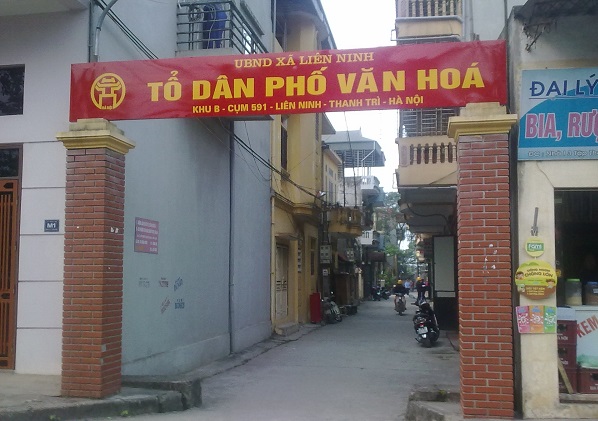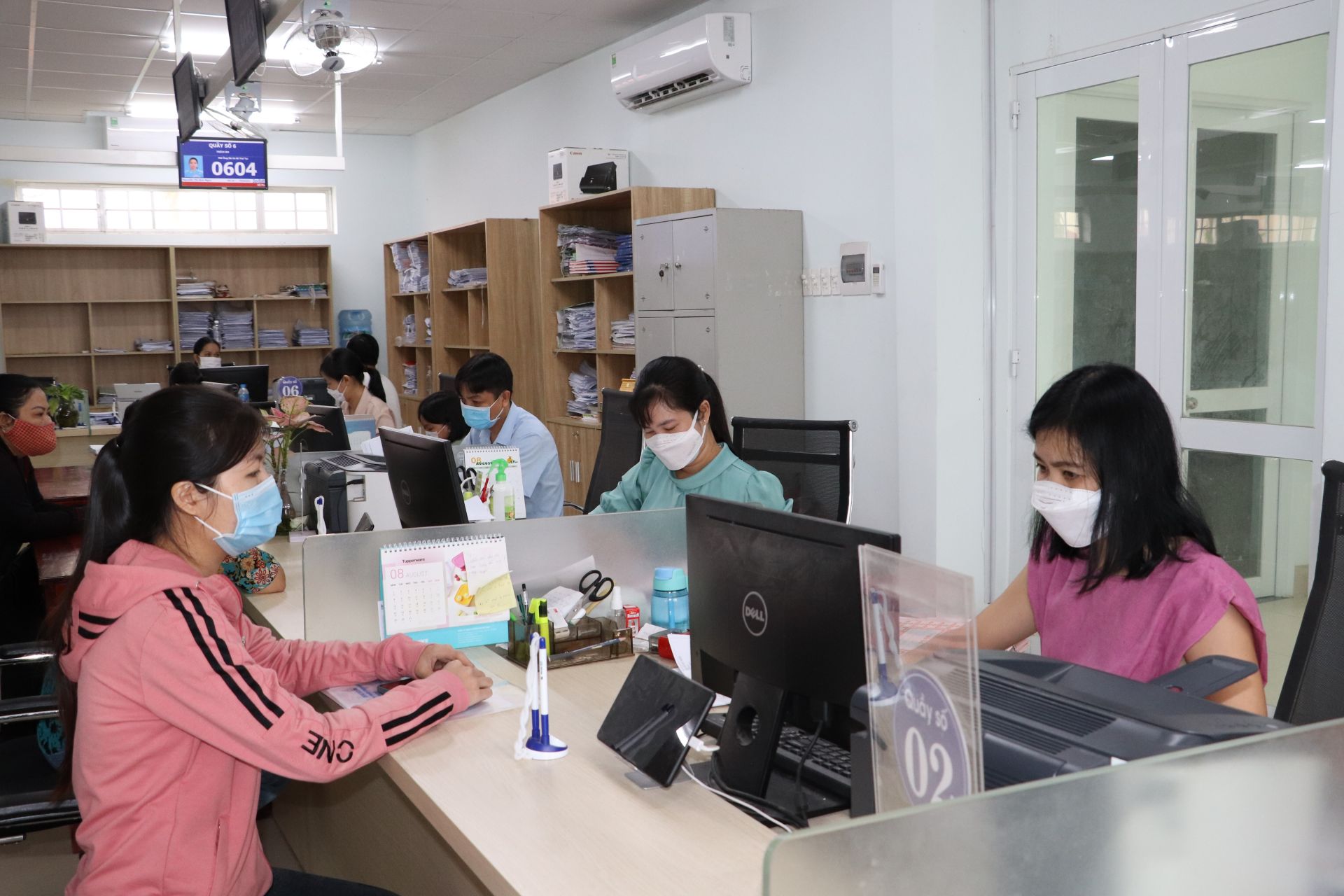Conditions for establishing new villages or neighborhoods in Vietnam
What are the conditions for establishing new villages or neighborhoods in Vietnam? - Ngoc An (Hanoi)

Conditions for establishing new villages or neighborhoods in Vietnam (Internet image)
Regarding this issue, LawNet would like to answer as follows:
1. Conditions for establishing new villages or neighborhoods in Vietnam
Conditions for establishing new villages or neighborhoods in Vietnam according to Article 7 of Circular 04/2012/TT-BNV (amended in Circular 14/2018/TT-BNV) are as follows:
* In case, due to difficulties in the management of the commune-level government, the organization of activities of the village or neighborhood requires the establishment of a new village or neighborhood, the establishment of new villages and new residential quarters must satisfy the following conditions:
- Number of households:
+ For villages in communes:
++ Villages in communes in the northern midland and mountainous provinces with 150 households or more;
++ Villages in communes in the Red River Delta provinces with 300 or more households;
++ Villages in communes in the central provinces with 250 or more households;
++ Villages in communes in southern provinces with 350 households or more;
++ Villages in communes in the Central Highlands provinces with 200 or more households;
++ Villages in border communes, island communes; villages in island districts that do not have commune-level administrative units with 100 or more households;
+ For neighborhoods in wards and townships:
++ Neighborhoods in wards and townships in the northern midland and mountainous provinces with 200 or more households;
++ Neighborhoods in wards and townships in the Red River Delta provinces have 350 households or more. Hanoi city alone has 450 households or more;
++ Neighborhoods in wards and townships in the central provinces with 300 or more households;
++ Neighborhoods in wards and townships in the southern provinces with 400 or more households. Ho Chi Minh City alone has 450 households or more;
++ Neighborhoods in wards and townships in the Central Highlands provinces with 250 or more households;
++ Neighborhoods in wards, border towns, wards and island towns; residential organizations in island districts do not organize commune-level administrative units with 150 households or more.
- Other conditions:
It is necessary to have essential socio-economic infrastructure suitable to the actual conditions of the locality to serve community activities and ensure the stability of people's lives.
* For special cases:
- Villages and neighborhoods included in the ground clearance planning and population expansion planning include villages formed by migrants in mountainous, highland, deep-lying, and remote areas; villages located in a place with complex dissected terrain; villages isolated on islands; villages on islands; dunes on rivers; If the village has a large area and traffic is difficult, the village size should be 50 households or more; neighborhoods with 100 or more households.
- In the case where the border area or islands are far from the mainland, due to migration or to protect the border line or sovereignty over sea and islands, the establishment of villages and neighborhoods does not apply the regulations on the number of households mentioned in Clause 1, Article 7 of Circular 04/2012/TT-BNV (amended in Circular 14/2018/TT-BNV).
- For villages and neighborhoods that have been formed for a long time due to invasion and need to transfer management between commune-level administrative units in order to facilitate the operation and daily life of the population community without changing the administrative boundary line of the commune, the dissolution and establishment of new villages and neighborhood groups shall be carried out according to regulations.
In case the number of households is not met, population clustering shall be performed as prescribed in Article 9 of Circular 04/2012/TT-BNV.
2. Contents of activities in villages and neighborhoods in Vietnam
The contents of the activities of villages and neighborhoods in Vietnam according to Article 5 of Circular 04/2012/TT-BNV (amended in Circular 14/2018/TT-BNV) are as follows:
- Communities in villages and neighborhoods discuss and decide on policies and levels of contribution to infrastructure construction and public welfare works within the commune, village, or neighborhood level. All or part of the budget is contributed by the people and self-managed tasks within the population community in accordance with the provisions of law.
- The population community participates in the table and votes for the competent authorities to decide; consult before the competent authority decides on the work of the village, population group, and commune level in accordance with the Ordinance on Implementation of Democracy in Communes, Wards, and Townships.
- Formulating and implementing village conventions and conventions; participating in self-management in maintaining security, order, social safety, and environmental sanitation; preserving and promoting good cultural traditions in the locality; and preventing and combating social evils.
- Implementing the guidelines and lines of the Party, policies, and laws of the State; participating in and responding to movements and campaigns launched by the Party, State, Fatherland Front, and socio-political organizations.
- Electing, releasing from duty, and removing from office the village head and the head of the residential group.
- Key word:
- neighborhoods
- in Vietnam
- villages
- Cases of land rent exemption and reduction under the latest regulations in Vietnam
- Economic infrastructure and social infrastructure system in Thu Duc City, Ho Chi Minh City
- Regulations on ordination with foreign elements in religious organizations in Vietnam
- Increase land compensation prices in Vietnam from January 1, 2026
- Determination of land compensation levels for damage during land requisition process in Vietnam
- Who is permitted to purchase social housing according to latest regulations in Vietnam?
-

- Emergency response and search and rescue organizations ...
- 10:29, 11/09/2024
-

- Handling of the acceptance results of ministerial ...
- 09:30, 11/09/2024
-

- Guidance on unexploded ordnance investigation ...
- 18:30, 09/09/2024
-

- Sources of the National database on construction ...
- 16:37, 09/09/2024
-

- General regulations on the implementation of administrative ...
- 11:30, 09/09/2024
-

- Notable new policies of Vietnam effective as of ...
- 16:26, 11/04/2025
-
.Medium.png)
- Notable documents of Vietnam in the previous week ...
- 16:21, 11/04/2025
-
.Medium.png)
- Notable documents of Vietnam in the previous week ...
- 16:11, 02/04/2025
-
.Medium.png)
- Notable new policies of Vietnam to be effective ...
- 16:04, 02/04/2025
-
.Medium.png)
- Notable new policies of Vietnam effective from ...
- 14:51, 21/03/2025

 Article table of contents
Article table of contents
